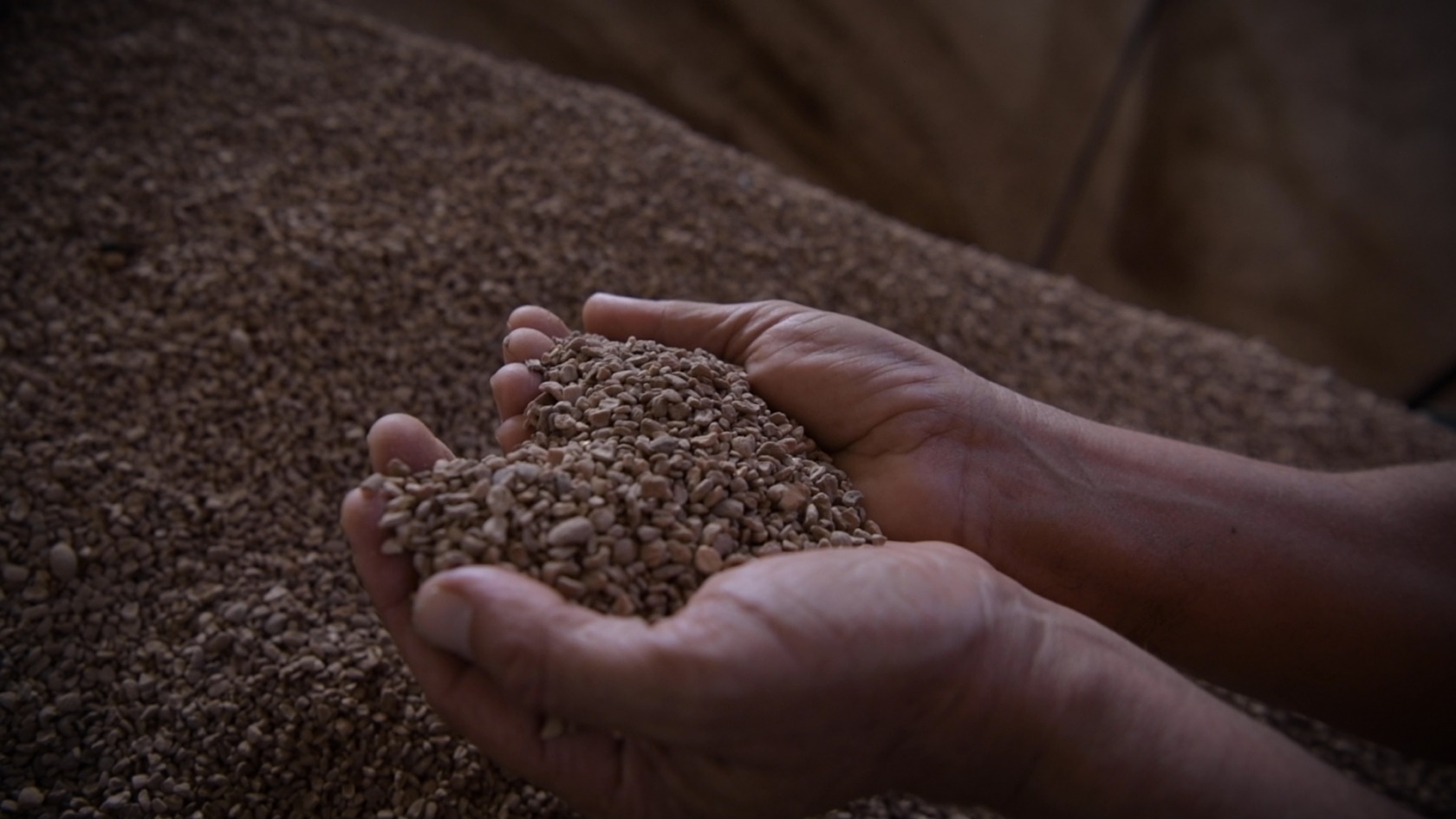9% of Morocco’s greenhouse gas emissions stem from the country’s 12,000 hammams. As such, it’s a tradition with a large environmental footprint, which the NGO GERES is developing with the emphasis on sustainability.
A tradition that rhymes with deforestation
From the Middle East to Maghreb, the hammam is a genuine cultural institution. It first appeared on the scene in ancient times. Indeed, these steam baths have long had a relaxing effect on the body with multiple benefits for one’s health. Beyond the dream though, the reality is less encouraging. Morocco and its bounty of hammams each consume one to three tonnes of wood a day and heavily contribute to the deforestation of the country. Furthermore, the incineration of the wood is problematic. Hammams represent 9% of the country’s greenhouse gases and play a part in expelling fine particles, which are a danger to health.
A sustainable hammam
Created in 1976, Geres is an international NGO, which is working to improve living conditions and combat the effects of climate change. In Morocco, it is keen to develop ‘sustainable hammams’. In three years, the NGO has converted ten hammams to make them part of a greener economy. The members of Geres have installed solar panels to heat the water and revised the insulation of these spaces. The wood has been replaced by olive pits, argan shells and apricot kernels. In this way, they are achieving a 30 to 70% reduction in wood consumption.

